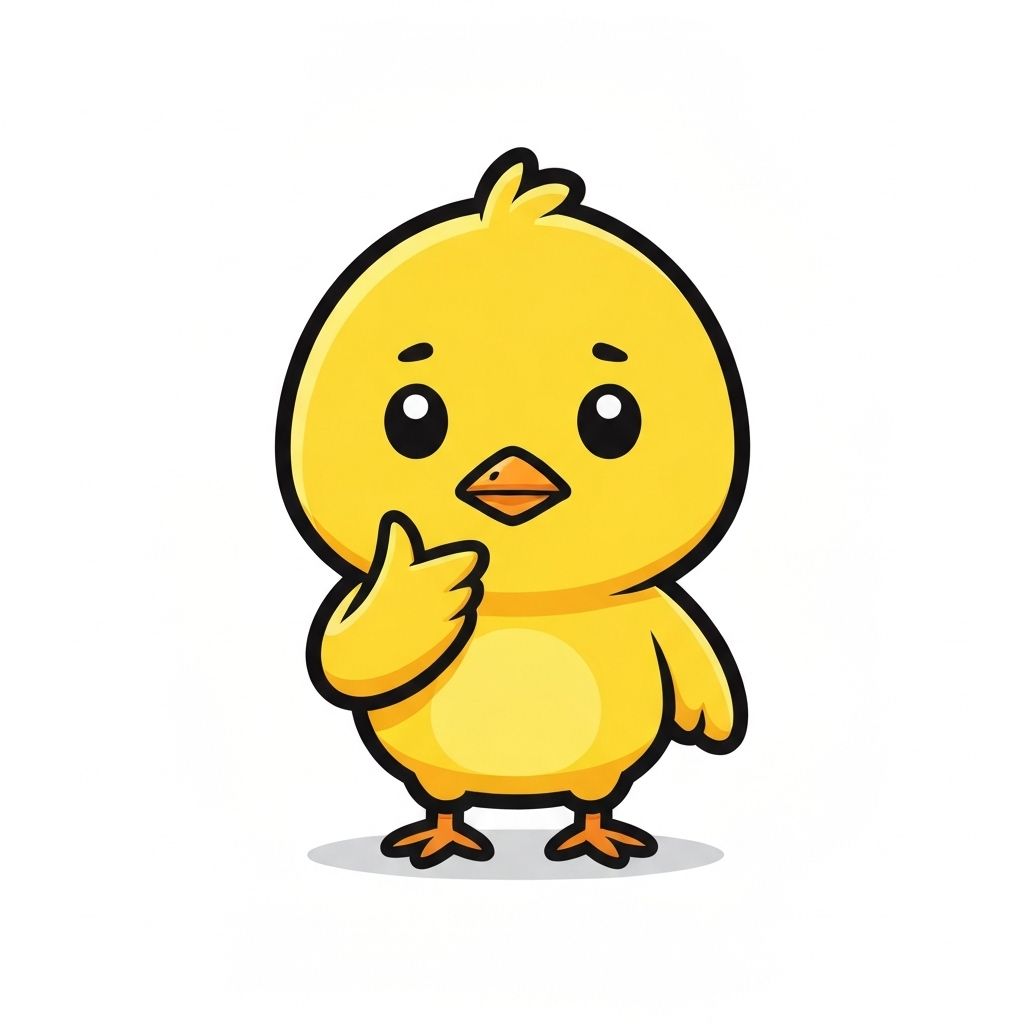The Canadian Indigenous Water Crisis
Understanding the history, causes, and ongoing challenges facing Indigenous communities across Canada.

Let's learn about clean water together!
Timeline: A Crisis Decades in the Making
Many Indigenous communities receive inadequate water infrastructure as Canada expands development.
First long-term boil water advisories issued. Industrial pollution begins affecting water sources.
Crisis gains national attention. Multiple communities report decades-long water advisories.
Government commits to ending advisories, but over 50 communities still lack safe drinking water.
Communities Affected Across Canada
Indigenous communities facing water challenges are located across Canada, from remote northern regions to areas near major cities. The crisis affects First Nations in every province and territory.
History of the Water Crisis
For decades, many Indigenous communities in Canada have struggled with unsafe drinking water. This crisis didn't happen overnight—it's the result of years of systemic neglect and inadequate infrastructure investment.
Issues include outdated water systems, contamination from industrial waste, and environmental neglect. While most Canadians take clean water for granted, many Indigenous communities have lived under boil water advisories for years, sometimes decades.
The Current Situation
Some communities have had to boil water for decades. Clean water is a basic human right, yet many children grow up without easy access to it. Families must boil water for drinking, cooking, and even brushing teeth—tasks that most Canadians never think twice about.
This ongoing crisis affects health, education, and quality of life. Children in these communities face higher rates of waterborne illnesses and the constant stress of water insecurity.
By The Numbers: The Scale of the Crisis
Affecting 29 reserves across Canada, with some in place for over 25 years
One advisory can affect up to 5,000 people in a single community
73% of them don't have access to clean water
That's more than the entire population of Ottawa
Put into perspective: Over 1.3 million Indigenous people in Canada lack access to clean water—that's equivalent to every single person in Ottawa not having safe drinking water.
What Causes This Crisis?
Aging Infrastructure
Many water systems in Indigenous communities are outdated or inadequate, lacking proper maintenance and upgrades.
Industrial Pollution
Contamination from nearby industrial or mining activity has polluted water sources in many communities.
Systemic Inequalities
Government neglect and systemic inequalities have left Indigenous communities without the resources they need.
Why Awareness Matters
Teaching children about these challenges early helps build empathy, environmental awareness, and respect for Indigenous rights. When kids understand that not everyone has access to clean water, they develop a deeper appreciation for this precious resource.
By learning through play, children can grasp complex issues in age-appropriate ways, fostering a generation that values water stewardship and social justice.
Did you know? Over 50 Indigenous communities in Canada still don't have safe drinking water.